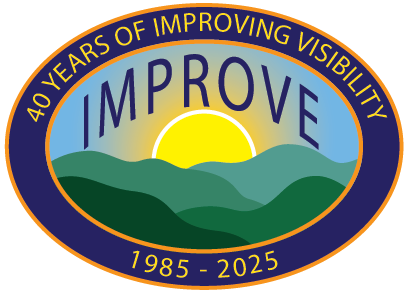Grand Teton Reactive Nitrogen Deposition Study (GrandTReNDS)
Background
Excess inputs of reactive nitrogen can adversely affect terrestrial and aquatic ecosystems, particularly in sensitive ecosystems found at high elevations. Grand Teton National Park is home to such sensitive natural areas and is in proximity to potentially large reactive nitrogen sources. The Grand Teton Reactive Nitrogen Deposition Study (GrandTReNDS) was conducted in spring-summer 2011, with the aim of better understanding sources of reactive nitrogen influencing the region, spatial and temporal variability of reactive nitrogen in the atmosphere, and current levels of nitrogen deposition.

Publications
Atmospheric concentrations and deposition of reactive nitrogen in Grand Teton National Park
Benedict, K.B., X. Chen, A.P. Sullivan, Y. Li, D. Day, A.J. Prenni, E.J.T. Levin, S.M. Kreidenweis, W.C. Malm, B.A. Schichtel, and J.L. Collett, Jr., Journal of Geophysical Research-Atmospheres, 118, doi: 10.1002/2013JD020394, 2013.
Prenni, A.J., E.J.T. Levin, K.B. Benedict, A.P. Sullivan, M.I. Schurman, K.A. Gebhart, D.E. Day, C.M. Carrico, W.C. Malm, B.A. Schichtel, J.L. Collett Jr., and S.M. Kreidenweis. Atmospheric Environment, 89, 749-756, doi:10.1016/j.atmosenv.2014.03.017, 2014.
Schurman, M.I., T. Lee, Y. Desyaterik, B.A. Schichtel, S.M. Kreidenweis, and J.L. Collett Jr., 112, 10.1016/j.atmosenv.2015.04.043, 2015.

